
table of contents
- What is a barefoot path?
- Create a barefoot path
- Subsoil
- Loose material
- Solid material
- frequently asked Questions
A barefoot path is not just wellness for the feet, it is fun for young and old alike. The path in the garden is quickly laid out and can be removed again if necessary.
In a nutshell
- The barefoot path is used to relax and sensitize the feet
- Substrates can consist of organic or mineral material
- There are no limits when it comes to design
What is a barefoot path?
A barefoot path is a path that is walked “down without”. So the feet are not only allowed to get a breath of fresh air, but can also feel different material properties. Which materials are used depends on what you want the soles of your feet to be. It is important that the path remains one and does not become an obstacle course.
Create a barefoot path
If you want to create a mobile barefoot path, you only need a couple of larger plastic tubs, correspondingly large cardboard boxes or other flat containers in which two to three steps are possible. If the wellness-path-for-the-feet is to be permanent, it is recommended
- To create filling beds,
- to cover them with a water-permeable fleece and
- to attach to the edges.
For both variants, the height of the subsurface should be at least ten centimeters. In this way, light filling materials do not compress too quickly and with stronger ones, a certain stability is provided so that the feet do not twist.
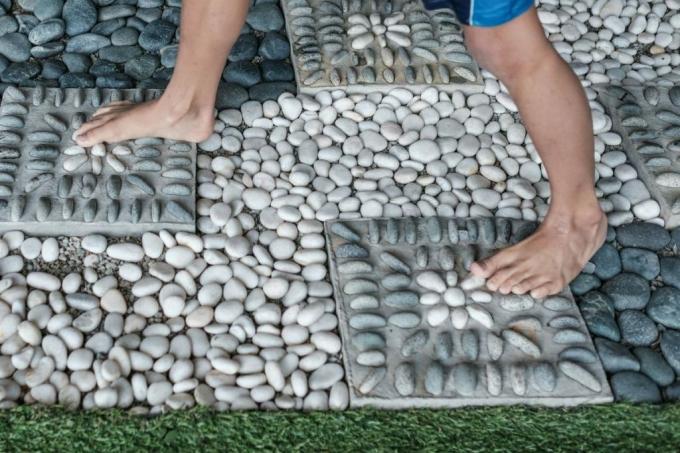
Subsoil
It is up to you which surface you use for the individual filling beds. It is important that no pointed or sharp-edged material gets into the beds so as not to injure the feet. In any case, the barefoot path should offer variety. As a rule, it is made up of three types of route:
- Muddy course
- fixed routes
- Filling beds with loose material
To get started, you should choose a soft surface so that your feet can adapt to the new environment. After that it can be a little more strenuous. Then there is another recovery phase. The end should be a pleasant surface so that the soles of the feet can recover.
Loose material
Loose materials are those on a barefoot path that can easily mix when walking over them.
Colorful glass gravel (broken glass)
- blunted shards of glass
- available in many colors
- glitter in the sun

Note: If you use broken glass, you should choose an unusual color so that you can distinguish it from real broken glass that someone might have placed underneath.
Carrara round gravel
- pay attention to the grain
- Compare prices
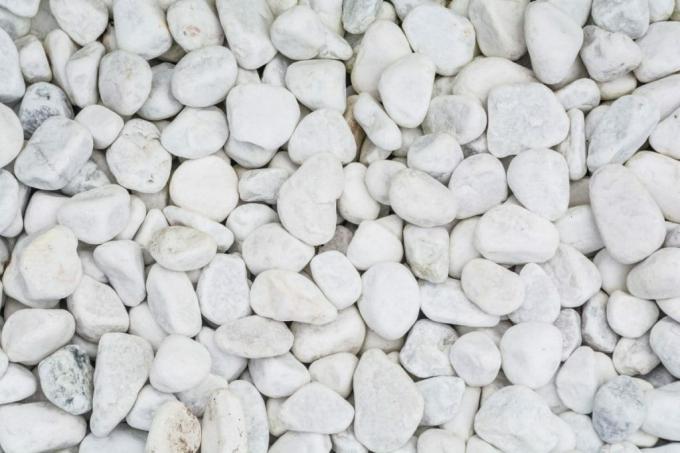
Bottle corks
- no plastic corks
- are available online
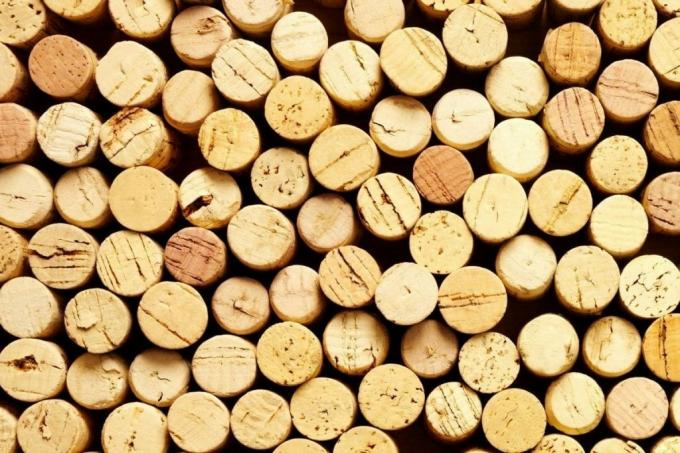
Barley husks
- available in hardware stores or on the Internet
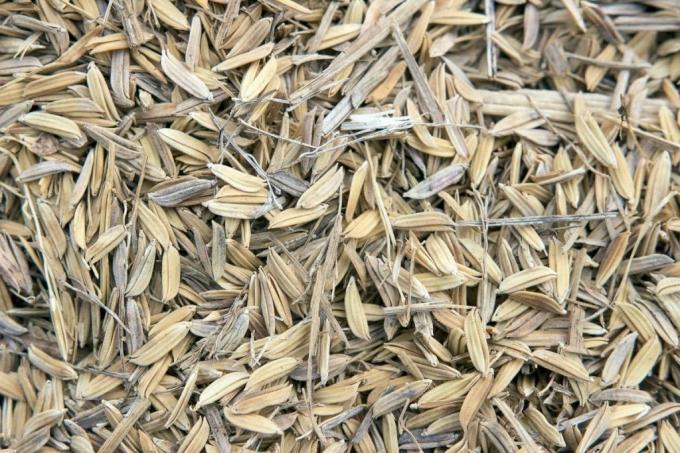
Wood chips
- from the hardware store
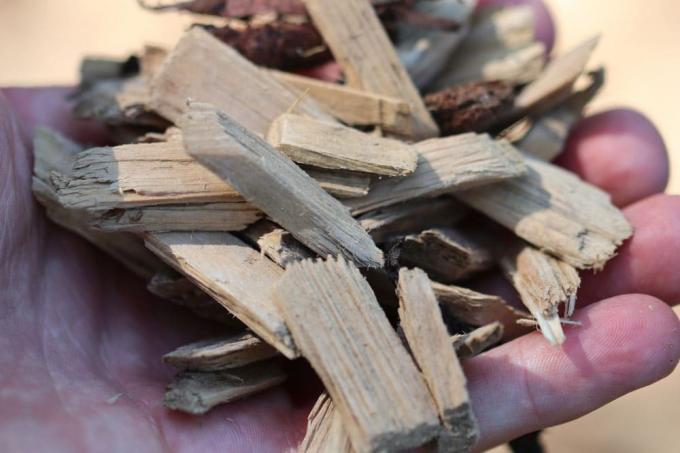
Larch needles
- fall from the trees in autumn
- feel like forest floor
- quite a few wheelbarrow loads are necessary (e. B. of tarred paths with a larch avenue)

leaves
- fallen leaves from your own garden
- Ask neighbors
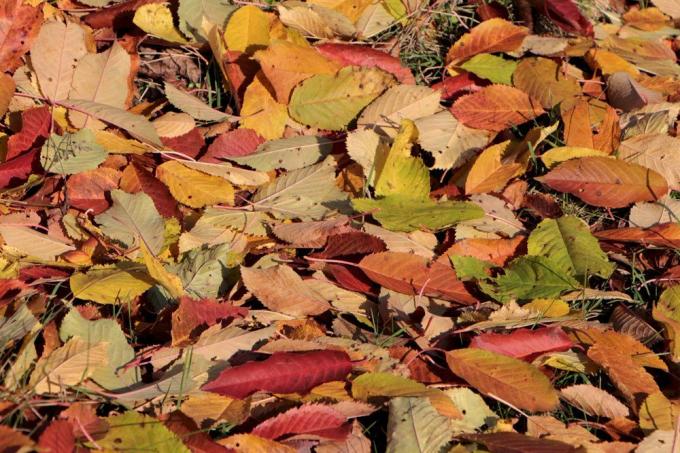
Clay / mud
- rather suitable for shady places
- should always be muddy
- Pay attention to the combination with other filling materials

Shellfish
- are embedded in sand
- Check regularly for sharp corners or edges
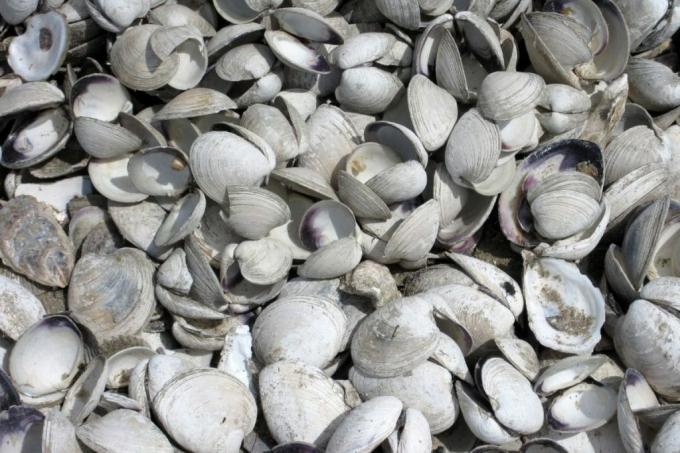
Shells of hazelnuts
- feel comfortable
- are available online

Porphyry chippings
- available in different colors
- rather short distances recommended for beginners
Round gravel (roll gravel, trickle)
- Grain sizes from 4 to 8 or 8 to 16 millimeters
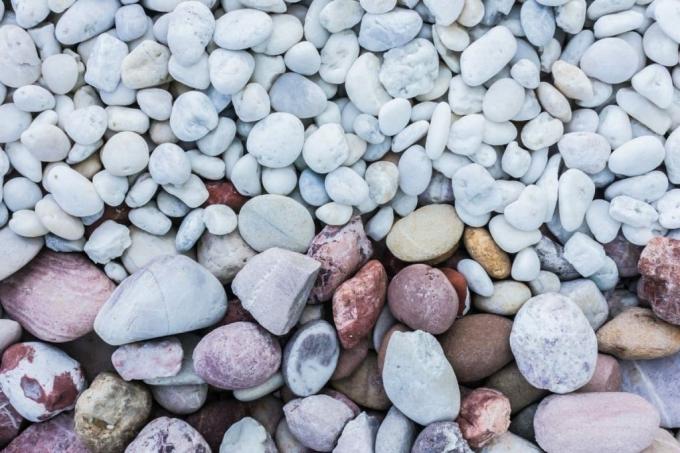
Note: Grain sizes of 16 to 32 millimeters are rather uncomfortable and should only be used for very small filling beds.
sand
- ideal for getting started
- Feet can get used to it

Sawdust
- ask at a carpentry shop
- also available as litter (small animal requirements)
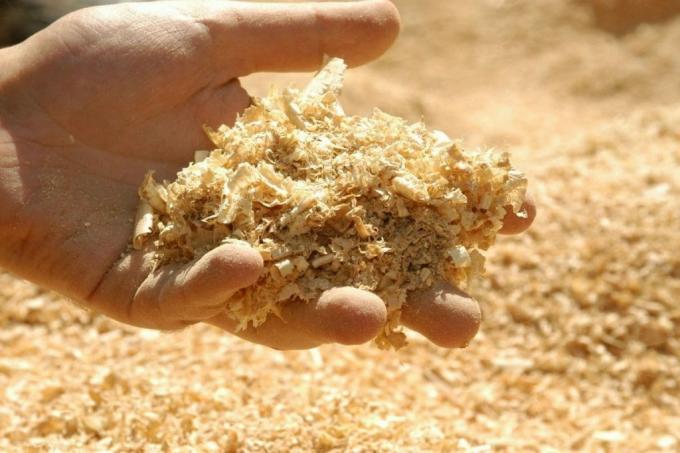
Chippings
- the finer, the more suitable
- Recommended grain size: 2 to 5 millimeters
- no larger than 4 to 8 millimeters
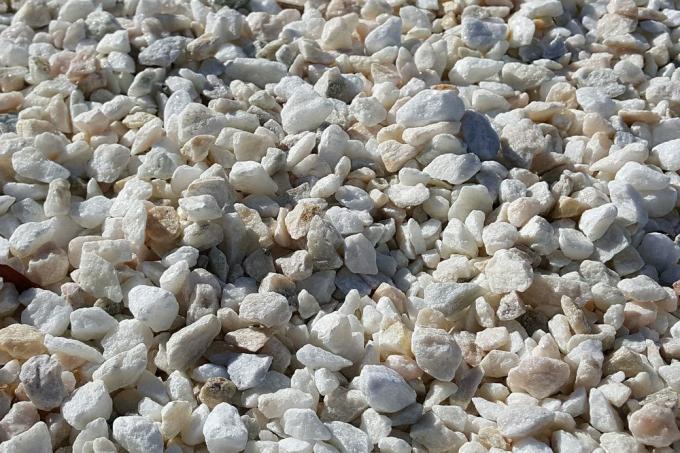
Bark mulch
- for shady sections
- dried out bark mulch feels prickly
- Pine bark is preferable to spruce bark (less unpleasant when dry)
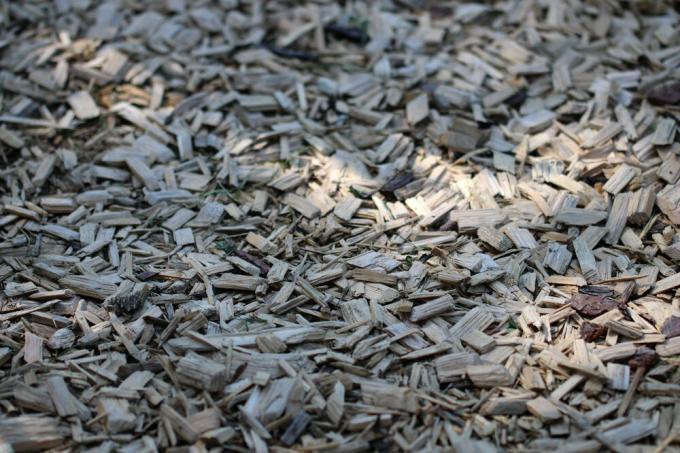
Grape seeds
- are offered as filling material for heat cushions
- are very cuddly
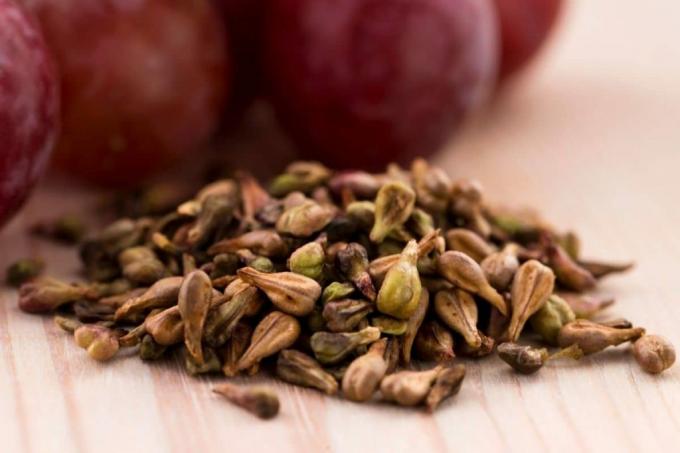
water
- place at the end of the path
- set up two buckets for stork kicking
- Place the anti-slip mat on the floor
Solid material
Solid materials are surfaces that do not mix with others when you walk over them. So that loose material does not get mixed up, sections with solid subsoil are placed between sand, sawdust, etc. created.
Basalt columns
- durable
- suitable size often as a waste product
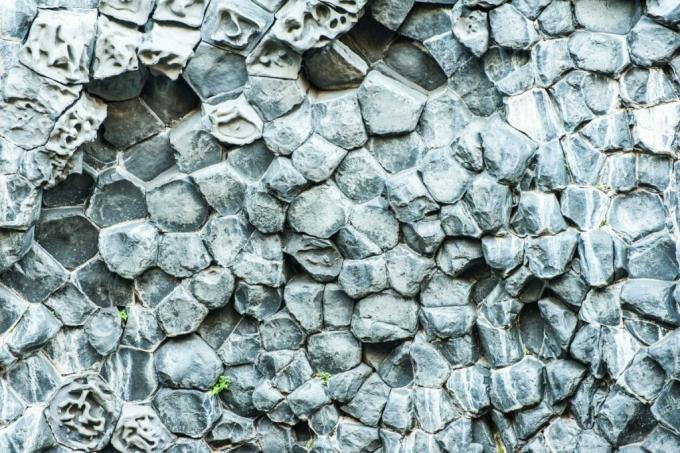
Cobra Pebbels
- flat to round pebbles
- Grain between 40 and 60 millimeters
- available in various brown or earth tones
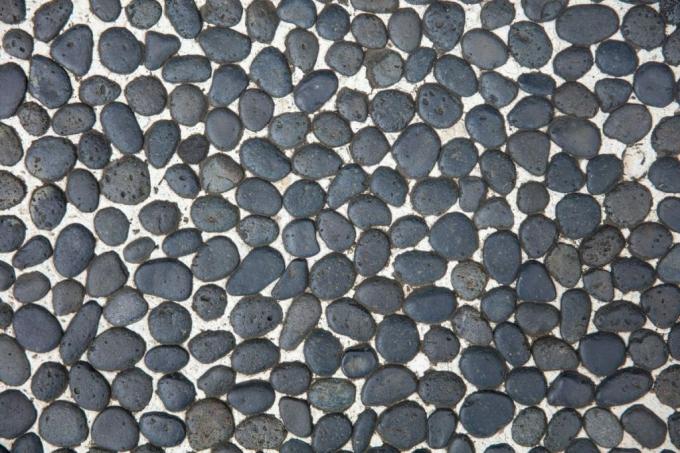
grass
- Fill the track with a piece of sward
- press firmly

Hedges
- only hedges with no thorns or thorns
- remove protruding branches
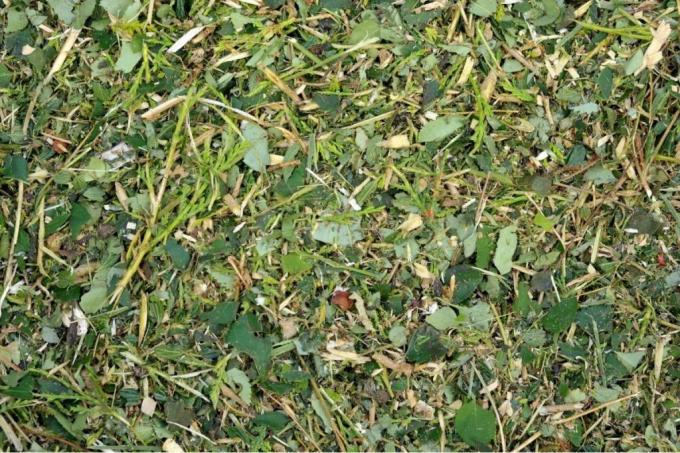
Wooden planks
- with contours of the tree trunk
- also look good
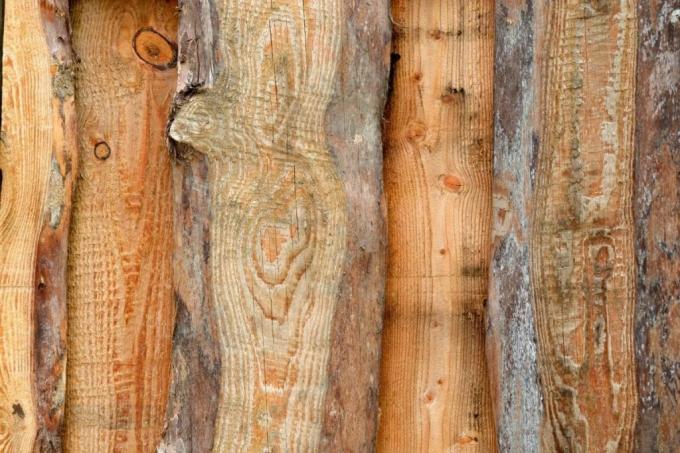
Wooden pavement
- are easy to care for
- can be designed in different ways

Hop vines
- ask local farmers
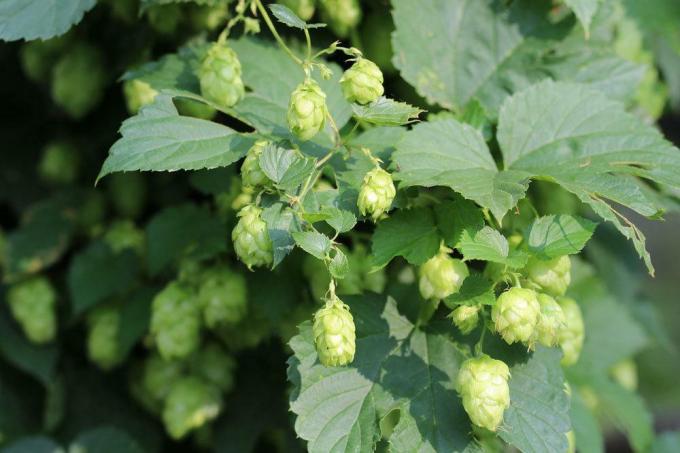
Jurassic Limestone
- slightly harder material
- possibly. "test" with your hands
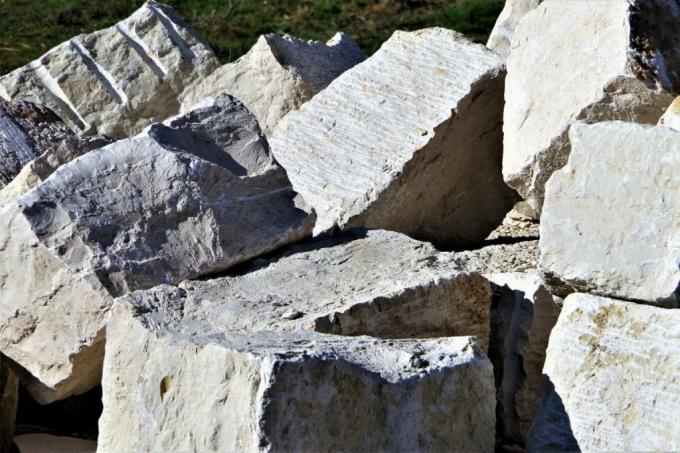
Chestnuts
- collect in autumn
- store in a cool, dry place in sand

Note: Moldy chestnuts do not get into the filling bed.
Keupersandstein
- with colored gravel in between
- attractive material from Middle Franconia
moss
- from your own garden
- put tight
- press down well

Round timber
- Diameter: 8 to 12 centimeters
- Place smooth pieces of wood next to each other without any gaps
- in the longitudinal or transverse direction (different routes)
- absolutely need a border
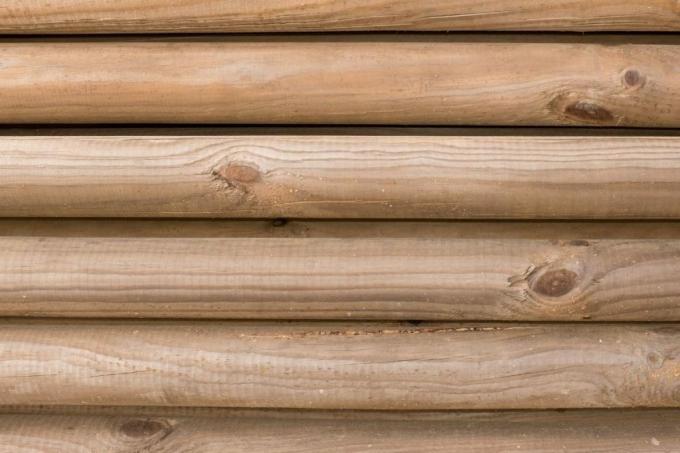
paper
- crumple up old newspapers
- Do not lay the filling bed after mud or other wet materials
Stones
- Laying pavement from round stones (cat's head pavement)
- can also be laid at a distance
- Free stones at larger distances must be well anchored in the ground
Stone slabs
- are known to many feet
- should only be used sparingly
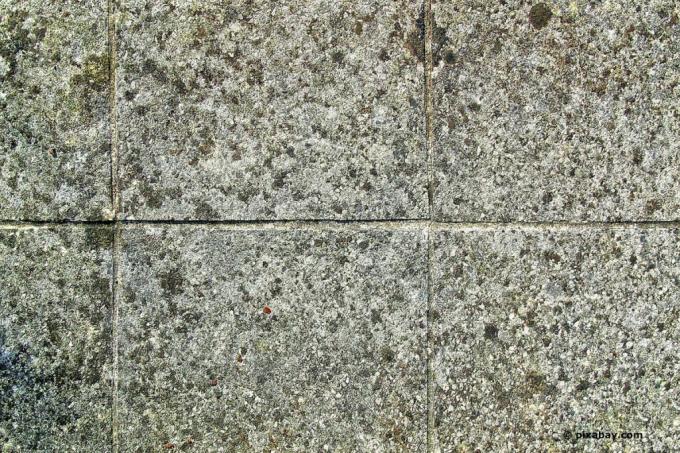
Wooden stick
- Remove splinters and branches sticking out too long beforehand
- point with the bark upwards
- Filling the section with soil reduces the risk of twisting
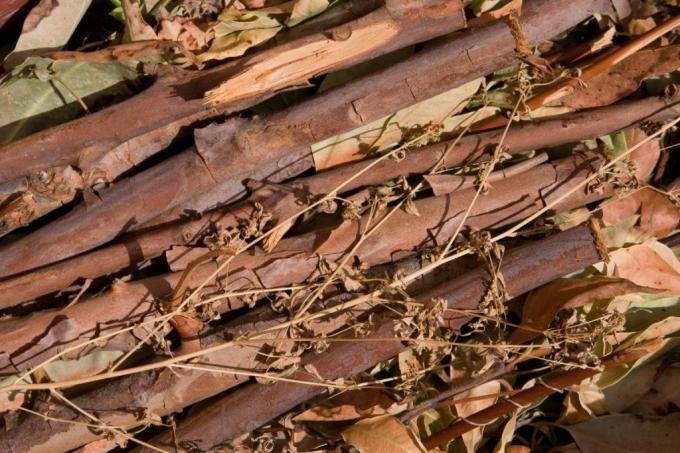
Fir branches
- collect in the forest
- should only be used fresh
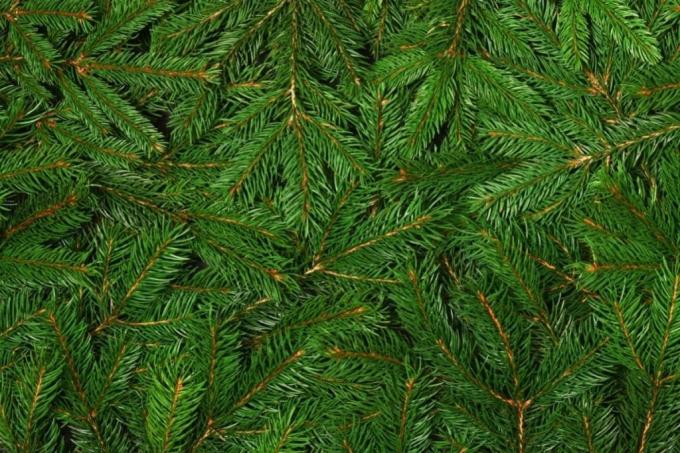
Cones
- for shady and damp places
- Use fresh cones from the forest if possible
- crumble quickly in dry conditions and in direct sunlight
- Spruce cones ideal for filling
- Pine cones often too prickly
- for beginners: a maximum of two to three steps

frequently asked Questions
Yes this is not a problem. The path is particularly fun for children when they are allowed to help collect the filling materials. In addition, the mud course should not be missing for children.
Spring, summer and autumn are suitable for a seasonal design, especially for the filling beds with loose or not solid material. Stones and logs provide variety in all seasons.
That depends on what material you want to use. Since many materials from the garden are suitable, you can use them to create various substrates at low cost.



